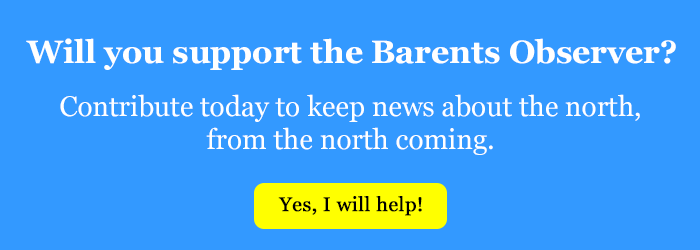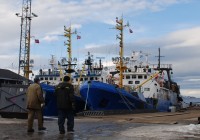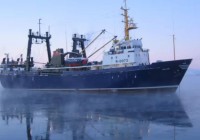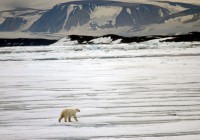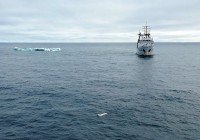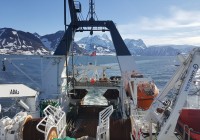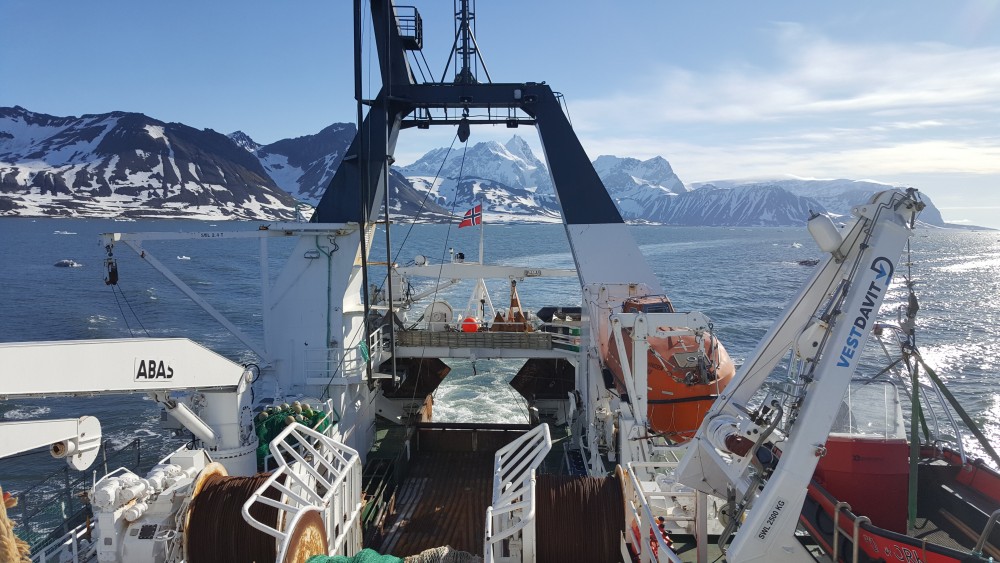
Substantially bigger cod quotas
ADVERTISEMENT
Moscow and Oslo have agreed on the quotas for all spices of economic importance; cod, haddock, rosefish, capelin and halibut.
Due to the COVID-19 pandemic, the official agreement negotiated by the two countries’ joint fishery commission was signed via video-link between the two capitals. Also, the negotiations leading to the agreement were arranged online.
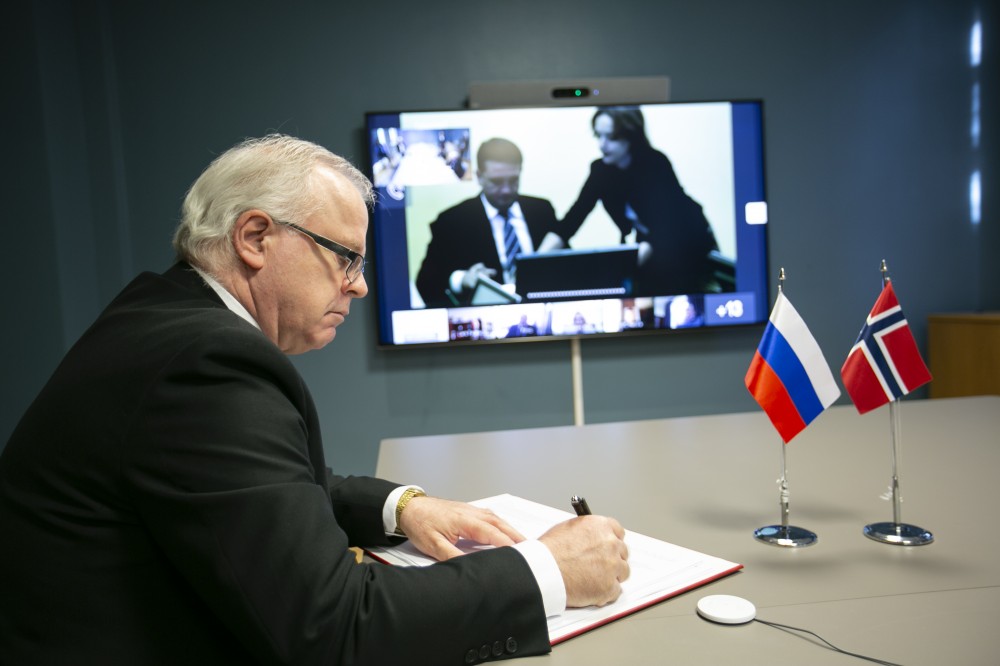
Norway and Russia share the marine resources in the Barents Sea and quotes for the different spices are negotiated annually.
“I’m very pleased that we also for the next year have managed to reach an agreement that both safeguards the interests of the fishing industry and is biologically sustainable. This is a bright spot in a situation where the corona pandemic naturally also affects the fishing industry,” said Norway’s Minister of Fisheries, Odd Emil Ingebrigtsen, in a statement as the 2021 agreement was signed.
The quota for cod is set to 885,600 tons, the same as advised by the International Council for the Explorations of the Sea (ICES). Russian and Norwegian marine researchers jointly study and set recommendations for the fish stocks quotas in the Barents Sea.
ADVERTISEMENT
All back to 1976, Norway and Russia’s Joint Fishery Commission has set quotas for Barents Sea fishing. Since 1993, the Commission has included an exchange of catch data, inspections, and other issues related to compliance control.
With the work and agreements in the joint commission, the two countries have managed to keep the Barents Sea as one of the best sustainable fishing areas on the world’s oceans. Over the last few years, less cod have been caught from the Barents Sea, but with the 2021 quota, catches will now back up at the same amount as in 2017.
Russia and Norway share the biggest part of the quota, with a smaller part given to a few other European Union countries and Iceland, fishing up north in Arctic waters.
Noway’s share of the cod quota for 2021 is set to 397,635 tons, including 21,000 tons of coastal cod and 7,000 tons of research catch.
Haddock quota is agreed to 232,537 tons, of which the Norwegian share for 2021 will be 113,348 tons, including research catches.
Like the last few years, the two countries agreed to maintain a zero-catch quota for capelin in the Barents Sea, due to the rather negative outlook for the size of the stock.
The total quota for halibut will be 27,000 tons and for rosefish 66,158 tons which is 10,298 tons more than in 2020.
Fisheries in competition with seals
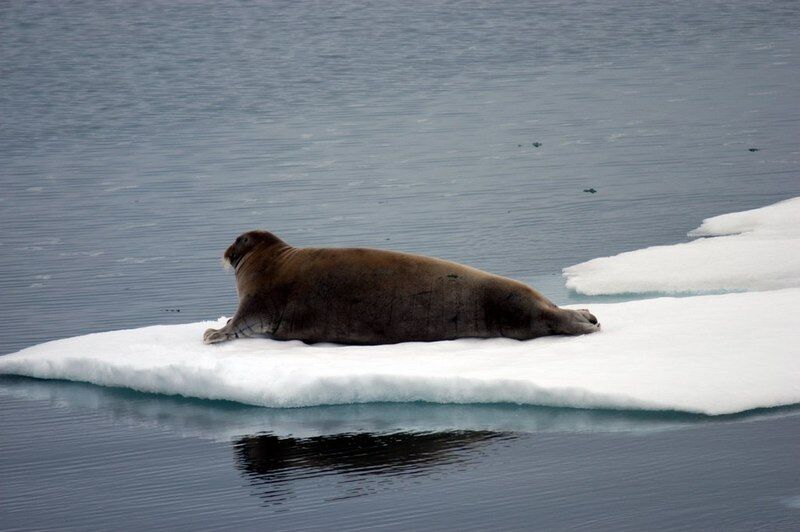
As part of the agreement, Norway and Russia will jointly establish a research program studying how big impact the harp seal (Greenland seal) has on the fish stocks in the Barents Sea.
The parties in the commission state that the harp seal in the West Ice (the Greenland Sea) and the East Ice (eastern part of the Barents Sea and the White Sea) has “a significant impact on the commercial fish stocks.”
ADVERTISEMENT
The Barents Observer Newsletter
After confirming you're a real person, you can write your email below and we include you to the subscription list.



